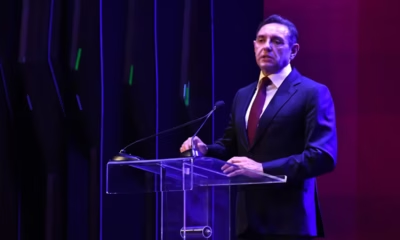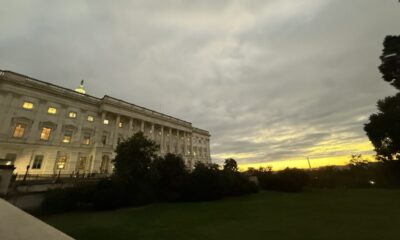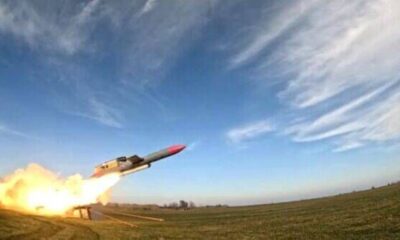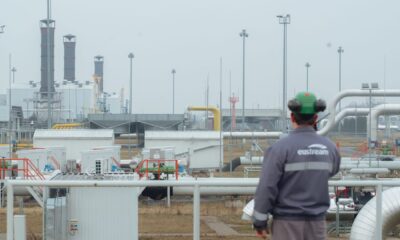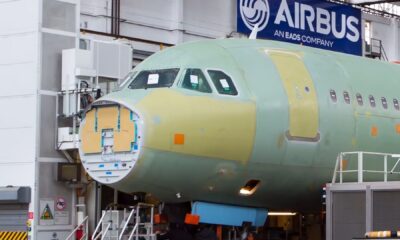Top Stories
Vulin Champions ‘Serbian World’ at Historical Society Launch
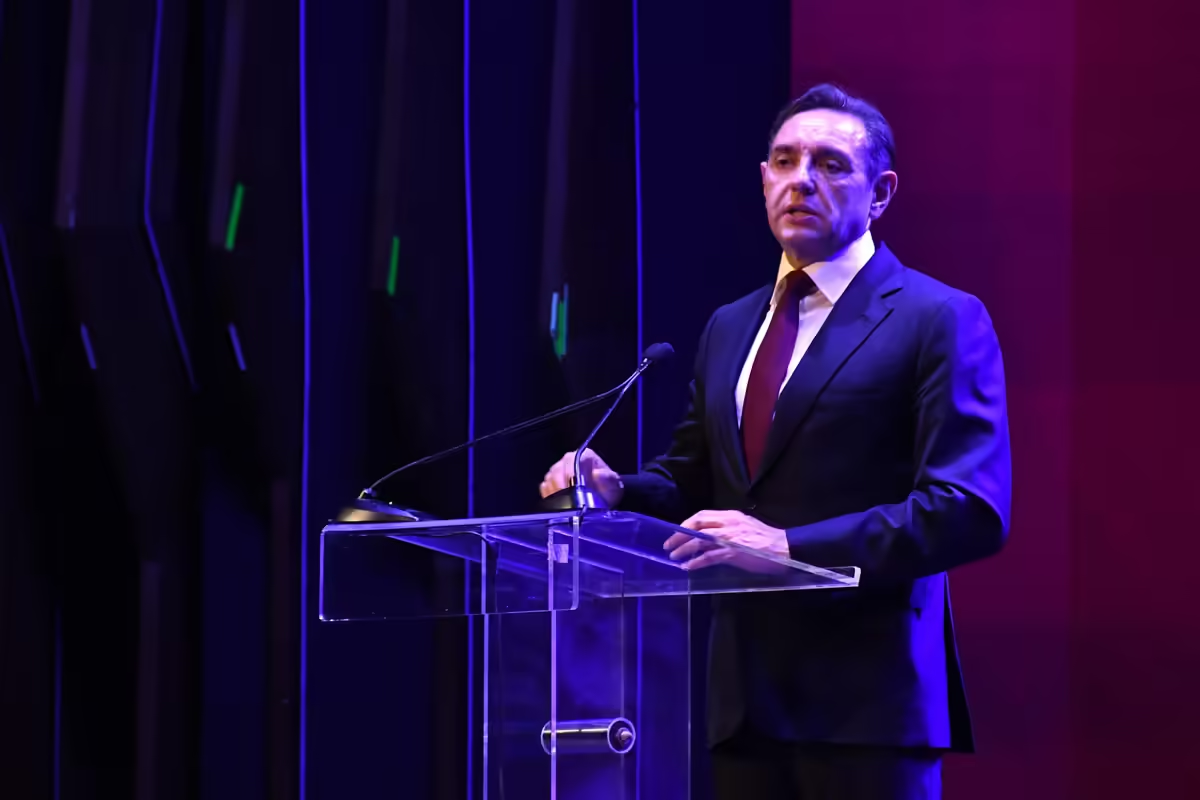
On October 26, 2023, during the founding assembly of the Russian Historical Society in Belgrade, Serbian politician Aleksandar Vulin openly declared a commitment to what he termed the “Serbian World.” He emphasized the need for Serbia to “fight without any reservations for the peaceful creation of the Serbian World” and to become a true ally of both Russia and China. This statement has sparked considerable concern, particularly as it echoes sentiments from the early 1990s that contributed to the violent disintegration of former Yugoslavia.
The phrase “Serbian World” first emerged in September 2020. Critics from the Western Balkans have raised alarms about its implications, suggesting it mirrors the ambitions of official Serbian policy that played a significant role in historical conflicts. Vulin, who leads the pro-Russian Socialist Movement and previously headed Serbia’s intelligence service, noted that turning away from Russia would mean turning away from Serbia itself. He stated that each generation of the Serbian people has depended on Russia for their physical survival.
At the assembly, Vulin outlined the initial goals of the Russian Historical Society in Serbia, which include combating any revision of history and preserving what he termed the “historical truth about the Serbian and Russian peoples.” Known for his pro-Russian views, Vulin received an award from Vladimir Putin in January 2024. The U.S. State Department placed him on a sanctions list in mid-2023 due to his connections with Russia and alleged corruption during his tenure at the Security Information Agency.
The Russian Historical Society is led by Sergei Naryshkin, the director of the Foreign Intelligence Service of the Russian Federation. Vulin and Naryshkin have met several times since Russia’s full-scale invasion of Ukraine began in February 2022. Following this invasion, the European Union imposed sanctions against Kremlin officials, but Serbia, while a candidate for EU membership, has refrained from joining these sanctions and has maintained its relationship with Moscow, largely due to Vulin’s influence.
In a video message presented at the assembly, Naryshkin highlighted the historical ties between Russia and Serbia, as well as the “principled similarities in our traditional values.” This unity was echoed by Ivica Dacic, Serbia’s Minister of Internal Affairs, and Goran Selak, president of the Socialist Party of Serbia, who were also present at the event.
Patriarch Porfirije of the Serbian Orthodox Church spoke warmly about the establishment of the Russian Historical Society, declaring it a testament to the ongoing spiritual connection between the Serbian and Russian peoples. He underscored the society’s importance during a time of “intense historical revisionism.”
The Russian ambassador to Serbia, Alexander Bocan-Harčenko, characterized the establishment of the Russian Historical Society as a significant political and scientific message. He remarked, “One of the most important tasks for Russia and Serbia is to strengthen the sovereignty and independence of our peoples and states. Without knowledge of our history, there can be no sovereignty or future.”
The assembly commenced with the national anthems of Russia, the Republika Srpska, and Serbia, followed by a moment of silence to honor Nebojsa Pavkovic, a former general of the Yugoslav Army who recently passed away.
The Russian Historical Society is an association whose founders include the Russian Academy of Sciences and state media outlets such as RIA Novosti and Interfax. As previously reported, one of the society’s activities includes plans to restore a museum in “Novorossiya,” a term used by the Kremlin to refer to territories in Ukraine currently occupied by Russia.
Research by Radio Free Europe has revealed that the society has displayed controversial images, including a photograph of a NATO bomb purportedly taken during the 1999 bombing of the Federal Republic of Yugoslavia. Investigations indicated that the bomb was actually photographed in a U.S. base in South Vietnam between 1967 and 1970, long before NATO’s intervention in the former Yugoslavia.
-

 Entertainment2 months ago
Entertainment2 months agoAnn Ming Reflects on ITV’s ‘I Fought the Law’ Drama
-

 Entertainment3 months ago
Entertainment3 months agoKate Garraway Sells £2 Million Home Amid Financial Struggles
-

 Entertainment2 months ago
Entertainment2 months agoCoronation Street’s Carl Webster Faces Trouble with New Affairs
-

 Health2 months ago
Health2 months agoKatie Price Faces New Health Concerns After Cancer Symptoms Resurface
-

 Entertainment2 months ago
Entertainment2 months agoWhere is Tinder Swindler Simon Leviev? Latest Updates Revealed
-

 Entertainment3 months ago
Entertainment3 months agoKim Cattrall Posts Cryptic Message After HBO’s Sequel Cancellation
-

 Entertainment2 months ago
Entertainment2 months agoOlivia Attwood Opens Up About Fallout with Former Best Friend
-

 Entertainment2 months ago
Entertainment2 months agoMasterChef Faces Turmoil as Tom Kerridge Withdraws from Hosting Role
-

 Entertainment3 months ago
Entertainment3 months agoSpeculation Surrounds Home and Away as Cast Departures Mount
-

 Entertainment3 months ago
Entertainment3 months agoMarkiplier Addresses AI Controversy During Livestream Response
-

 World2 months ago
World2 months agoCole Palmer’s Mysterious Message to Kobbie Mainoo Sparks Speculation
-
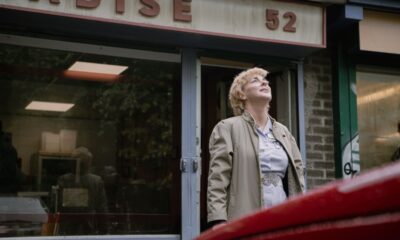
 Entertainment2 months ago
Entertainment2 months agoITV’s I Fought the Law: Unraveling the True Story Behind the Drama

